India through its festivals, known and unknown

In the middle of a temple courtyard, a sweat-soaked human figure dances in a frenzy, his face beautifully painted in the most vivid hues of orange, red and green, wearing an incredibly ornate and elaborate headdress that would seem way too large for a single human to support. Around him, in the light of flaming torches made of dried grass, a group of bare-bodied drummers keeps up the tempo.
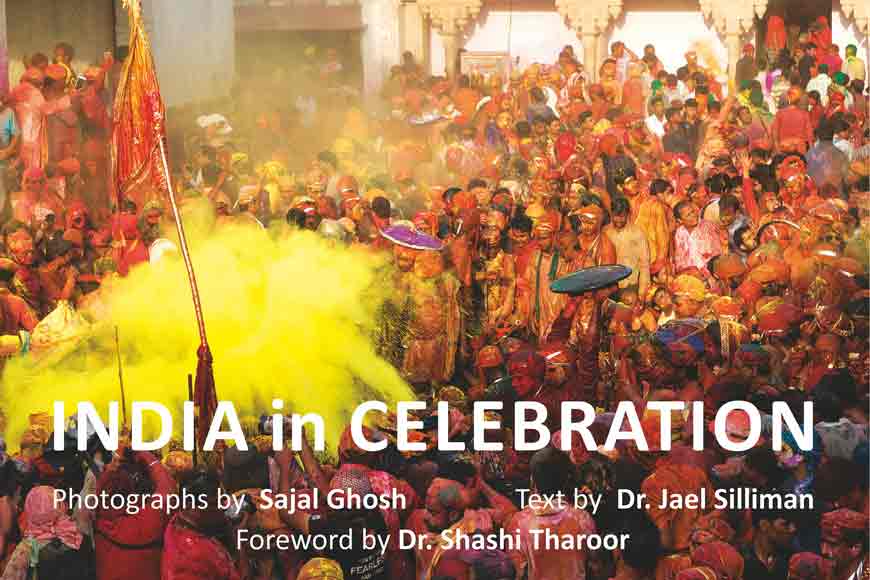 India in Celebration - front cover
India in Celebration - front cover
This is a fairly typical scene from a Theyyam ritual, a temple dance festival native to Kerala, and one of the more colourful festivals of India. Not many outside Kerala would have had a chance to witness this magnificent spectacle live, but Sajal Ghosh’s book of photographs ‘India in Celebration’ will go a long way in addressing that deprivation.
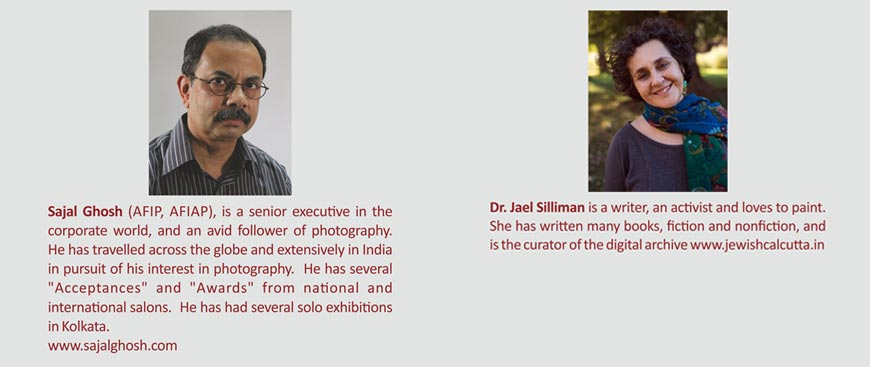
A photographer by passion and a senior official of Haldia Petrochemicals by profession, Ghosh has covered 27 Indian fairs and festivals, some known and some unknown, for his book, which was launched in Kolkata last weekend. Containing well over 200 photographs, the book also has text by noted scholar and researcher Dr Jael Silliman, and a foreword by politician and writer Dr Shashi Tharoor.
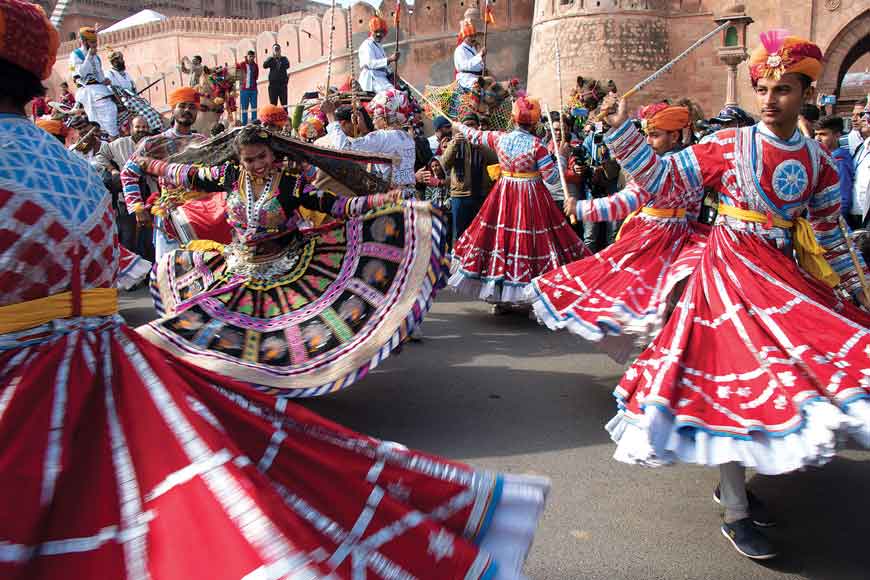 Bikaner Festival
Bikaner Festival
“I have been taking photographs for years, and it seemed to me that the diversity of India should be presented in collective form, in all its colour and vibrancy, through its religious and cultural festivals,” he explains. “And what better than fairs and festivals, where public participation is uppermost?” That thought resulted in a true labour of love, with Ghosh crisscrossing the country for nearly five years, seeking to cover every region of India in order to make his book truly representative.
Had the Covid-19 pandemic not snatched 2020 away, his list would certainly have stretched beyond 27, but given the uncertainty regarding large festive gatherings in the foreseeable future, he decided to go ahead with publishing whatever he had gathered.
Also read : ‘Super-teacher’ of photography – Tirtha Dasgupta
Balancing his passion with the responsibilities of a demanding profession, he has even done day trips to cover a particular event, flying out of Kolkata in the morning and flying back in the evening, occasionally driving straight to office from the airport. This mammoth effort has resulted in some truly spectacular photographs which are important not just for their aesthetic beauty, but as documents of various ways of life in a country so diverse in terms of culture and lifestyle that it should, more properly perhaps, be called a continent. And it has taught Ghosh a thing or two about communities, cultures, societies, and community bonding in India.
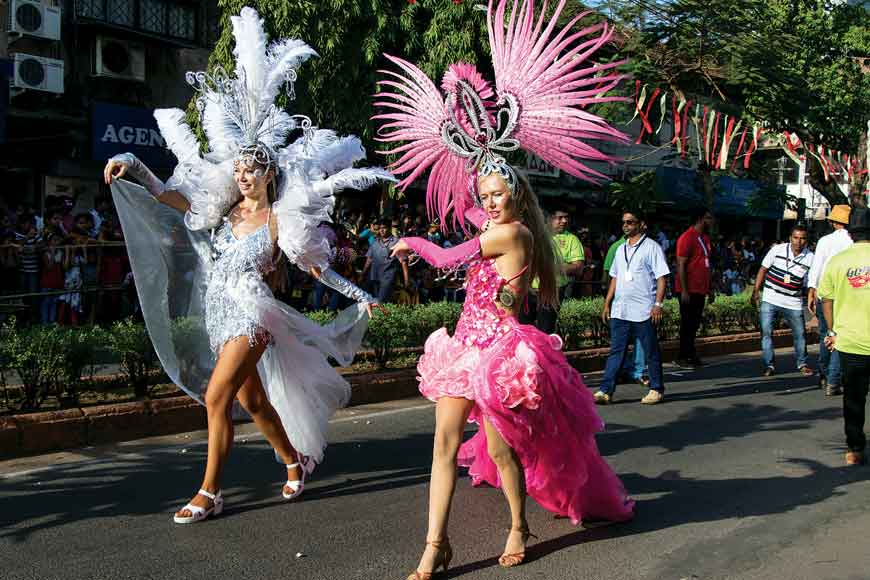 Goa Carnival
Goa Carnival
“To give you just one example, I found out that Kartik Purnima (the full moon in the third week of November) holds immense significance for various communities. Various things happen on that day, such as the Pushkar Camel Fair in Rajasthan, the Sonepur Cattle Fair in Bihar, and the very crowded but colourful Dev Deepawali festival in Benaras, and I never knew that,” says Ghosh.
For Dr Silliman, writing the text was an eye-opener too. “Particularly when it comes to southern India, I found out so much I didn’t know,” she says. “Or take the Goa carnival, which I have never seen though I have been to Goa twice. Or the camel beauty contests at Pushkar, which I found adorable!”
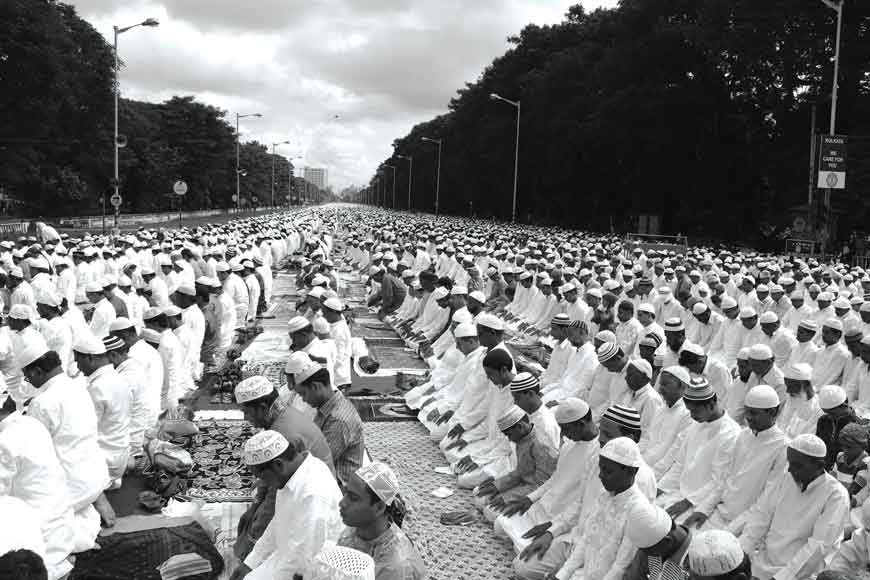 Eid - Red Road
Eid - Red Road
Ghosh was also struck by what he saw in south India, particularly during Theyyam. “All the dancers belong to Dalit communities, which I found astounding, given the strict caste hierarchies in the region. For the duration of the festival, the dancers are treated almost like deities, and the intensity and vigour of the rituals really affected me,” he says. “Or the sheer competitiveness of the Chhau dancers in Bengal, where various villages compete against each other in Purulia. Audience sizes can go up to 12,000, and the setting is truly wonderful.”
The one other thing that he can say is that he has seen India close up, from street level. And he hopes buyers will appreciate the perspective, because all proceeds from the sale of his book will go to charity. As he says, “I consider myself fortunate and privileged, and the travel and other expenses I have incurred during the making of this book are secondary. But I do want to help the less privileged as much as I can through my trust, ‘Create for Life’.”
‘India in Celebration’ is available on Amazon, Boighor.in and at the College Street (Kolkata) counter of Itikatha Boighar










